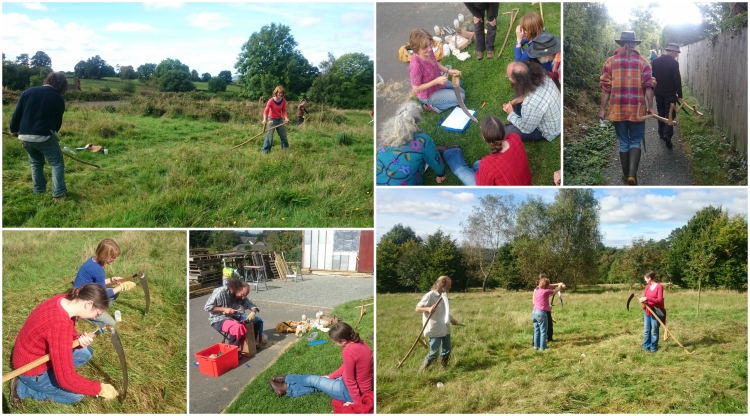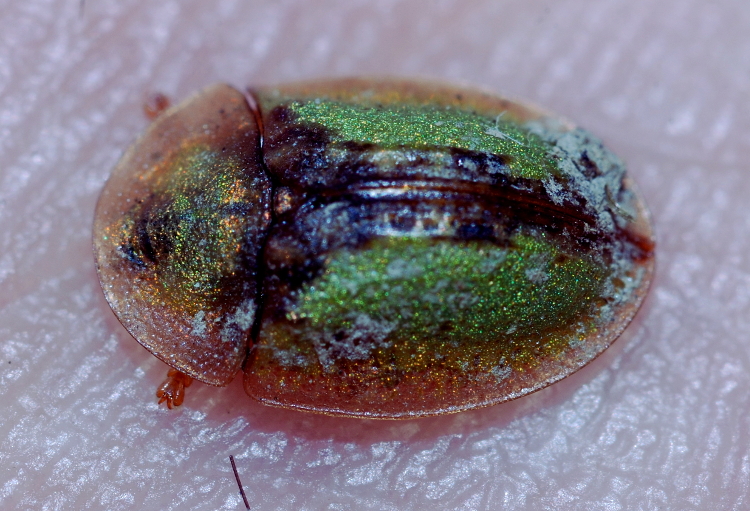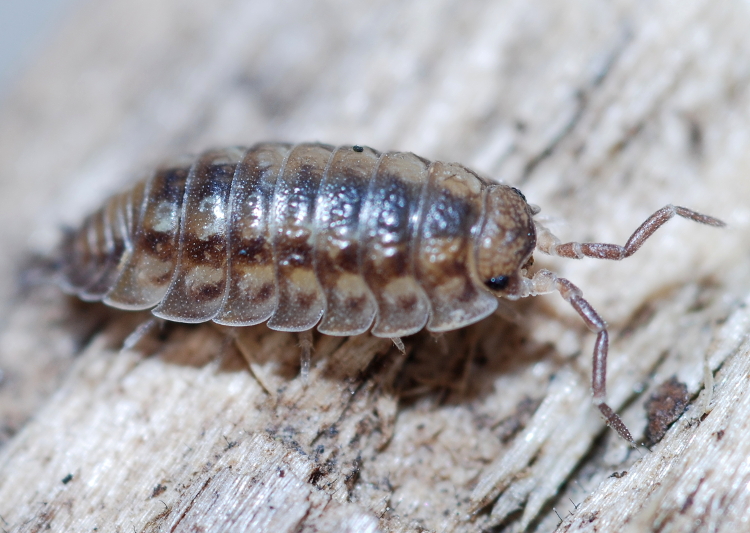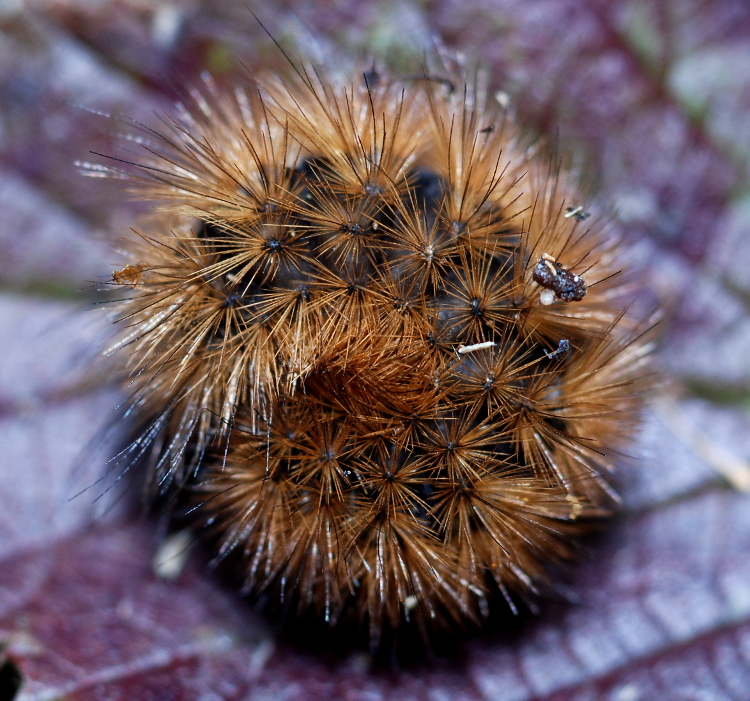
Eich Perllan Gymunedol - Your Community Orchard
Want to get involved or find out more?
Email us: pomarium@transitionllandrindod.org.uk
Like us on Facebook: llandrindodpomarium
Follow us on Instagram: llandrindodpomarium
The planting of our edible hedge
In November 2016 we welcomed singer-songwriter Emma Stevens to the orchard to help local volunteers plant a new edible hedge. Thanks to the Woodland Trust we were given a hundred trees of various edible varieties including hazel, blackthorn, crab apple, dog rose and elder. Emma and her team went on to plant more trees with community projects around the UK and have just released this short film about the project. Perhaps you'll spot someone you know!
- Details
A one day course suitable for absolute beginners
Unfortunately we've had to cancel the course on the 26th August
Apologies to all those who had shown interest - we will be looking to hold the course on another date - watch this space for more information

Following a successful scything course in the orchard last year, a few volunteers have been using their new skills to manage the grass, particularly around the soft fruit. We have arranged another course so that more people can learn the technique to use in their own gardens, in the orchard or on other projects. Open to all, no prior experience necessary!
- How to set up the scythe for your body dimensions
- Selecting the right blade for the job
- Altering the angle of the blade
- How to sharpen the blade
- How to mow with ease & flow!
- Later in the day we cover how to repair blades & have a go at ‘peening’ the blade with the peening jig.
- Details
A tortoise beetle, Cassida vibex

- Details
Rathke's Woodlouse, Trachelipus rathkei

- Details
Ruby Tiger Moth, Phragmatobia fuliginosa

- Details






